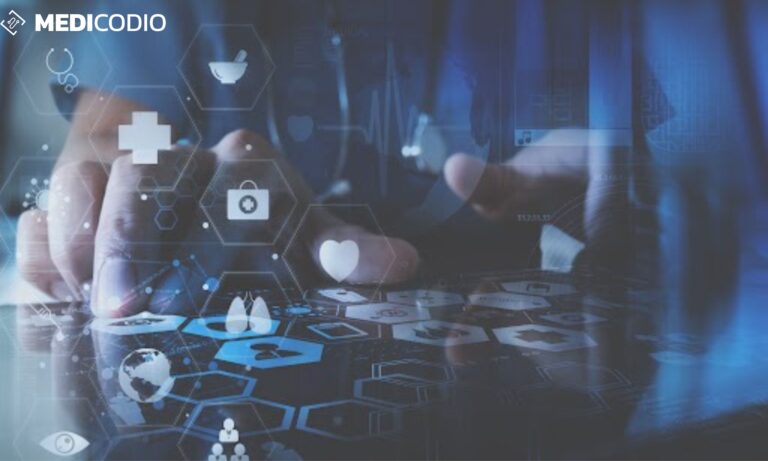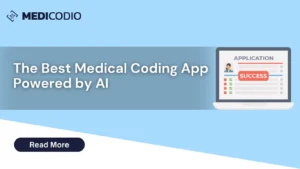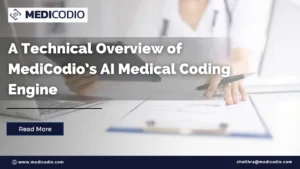Healthcare management is becoming high-tech as medical coding technology is evolving at a high-speed today. A next-generation technology called computer-assisted coding is taking over by generating medical codes automatically. Often, physicians are not aware of updated coding requirements for purposes of billing. As a result, incorrect revenue may be collected if incorrect codes are generated. With CAC software, this can be avoided. However, this does not replace the expertise offered by medical coding experts, instead, CAC increases their efficiency.
What is computer-assisted medical coding?
In computer-assisted coding (CAC), medical diagnoses, procedures, and phrases from the patient’s chart are matched to ICD-10 and CPT codes using natural language processing (NLP).
CAC provides automated assistance with the rigorous task of identifying and extracting data from specified documents and inserting it into the system.

Which is better? Rule-based approach or deep learning based approach?
The two main approaches used in computer-assisted medical coding are: rule or knowledge-based approach and neural network or deep learning approach.
The rule-based approach aims at making the use of symbols and rules to represent and model the standard practices that clinical coders apply in their work. It uses if-then logic to understand the codes. The neural network and deep learning approach is more sophisticated. It aims at learning a complex function to match a patient’s information to the appropriate set of medical codes. This is learned from the training data. This approach is capable of automatic pattern detection.
Prior to deep learning, most studies used rules (regular expressions, logic expressions, and keywords) for text classification. The issue with a pure rule-based method is that it can be time-consuming to extend rules to tens of thousands of codes and their varieties. Thus it needs the support of machine learning with textual features for classification.
Unlike rule-based and traditional machine learning methods, pure deep learning methods do not require expert rules and handcrafted textual features. Thus they are easily applicable, while achieving better overall performance by learning from a sufficient amount of data.
Though it seems that deep learning is the main method applied to automated clinical coding, there is still an important need for knowledge-based approaches in this area. The dark side of the deep learning approach is that sometimes it’s hard to figure out why certain codes are produced. It lacks interpretability which is crucial for the healthcare sector. Retraining, based on new data, also becomes essential every time major changes are made to the code.
A better solution is to combine both schools of thought in the design of an automated clinical coding system. A recent trend is the use of knowledge-augmented deep learning methods. Combining two methods maximizes the strengths of both systems, while minimizing the shortcomings of each.
Functionalities of medical coding software
- Reduce errors and paperwork
The use of paper and physical forms is becoming increasingly obsolete. Even small clinics opt for better, more efficient methods of handling invoices and claims. With medical billing software, medical coders can offer better solutions to physicians as there is significant reduction in the paperwork and in manual errors.
- Maintain consistency
Computer-assisted coding provides a standard code to be used over multiple assets. This translates to a high level of consistency in reports. Consistent information of this kind will help medical coders offer better solutions to physicians so that they can analyze the information and make better informed decisions.
- Improve financial reporting
Real-time reporting is a crucial component of a strong medical billing system. The reports can be used to track the performance of a practice or clinic thus increasing patient satisfaction and efficiency.
The increased use of technology in medical coding has been of immense importance for revenues in the sector. However, it is essential to acknowledge the impact of CAC on patient outcomes as well. With AI and NLP, clinical documentation has improved, resulting in better diagnosis and treatment. By using CAC healthcare organizations can keep up with the ever-evolving classifications in code, changing regulations and advances in medical science reflected in newer codes. These technologies are proving to be a key driving force for the financial stability of healthcare organizations.





